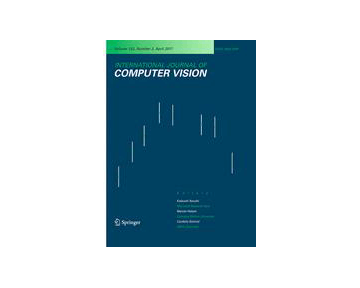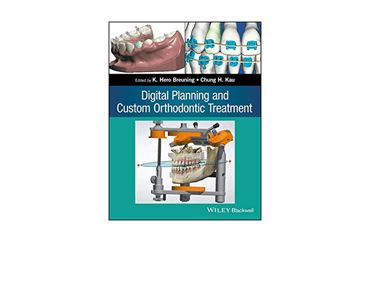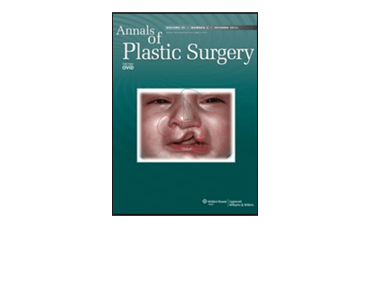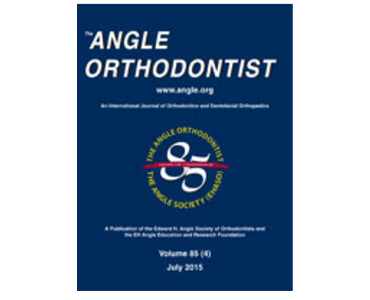Genome-wide association study of facial morphology reveals novel associations with FREM1 and PARK2. MK Lee, JR Shaffer JR, EJ Leslie, E Orlova, JC Carlson, E Feingold, ML Marazita, SM Weinberg.
Date: April 2017. Source: PLoS One. 12(4): e0176566. Abstract: Several studies have now shown evidence of association between common genetic variants and quantitative facial traits in humans. The reported associations generally involve simple univariate measures and likely represent only a small fraction of the genetic loci influencing facial morphology. In this study, we applied factor…









